
Developed under the PACE FA program, Su-57M is positioned as a multi-purpose platform for gaining preference in the air, causing strokes for terrestrial and marine purposes, as well as for action in saturated air defense. The updated version is intended to increase the combat efficiency of the Russian PCS and expand the export potential of the aircraft.
The authors of the material write that one of the key features of the Su-57M is a recycled glider with a wide flat fuselage, which increases the lifting force and provides the possibility of supersonic flight without the use of a fracture-a mandatory element for a real fifth generation fighter. Another innovation was the AL-51F-1 engine ("product 30").
It develops up to 18 tonnes of thrust on the fox, which is 20% higher than the characteristics of the former AL-41F1 used on the early Su-57 modifications. In addition to increased thrust and fuel efficiency, the engine got a flat nozzle, which reduces the infrared signature. The test was conducted at the end of 2024. The Su-57M Avionika is based on the integrated SH-121 complex.
The basis is the radar H-036 "protein" with an active phased grate (Afar), which provides a circular inspection by placing additional lateral modules in the front of the fuselage. The radar system is able to detect targets up to 400 km, while accompanying up to 60 objects and bringing rockets for eight of them.
It is also emphasized that the Su-57M became the first Russian fighter in which the artificial intelligence system is integrated not only in the process of navigation and targeting, but also at the stages of pre-flight training. As a result, the use of AI reduces the cognitive load on the pilot, automatically performing navigation, diagnosis, capture of goals and optimization of combat parameters.
Despite the stated improvements, according to Western observers, the question of Russia's ability to eliminate the production problems of a new machine remains. In other words, in the future, the success of the SU-57M will depend on the scale of mass production and the ability to overcome sanction restrictions in the conditions of international isolation.


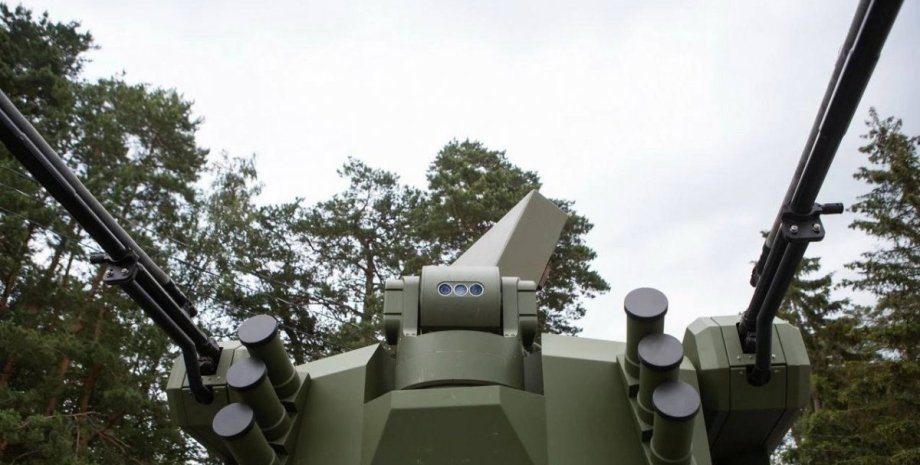
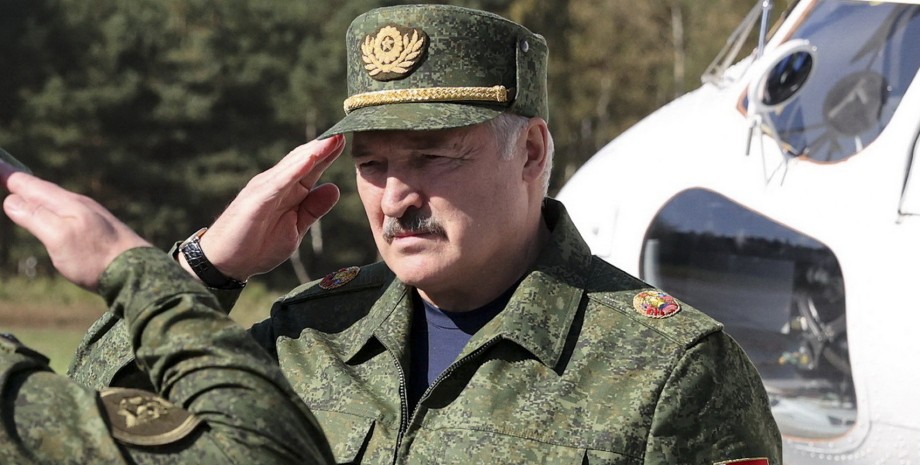
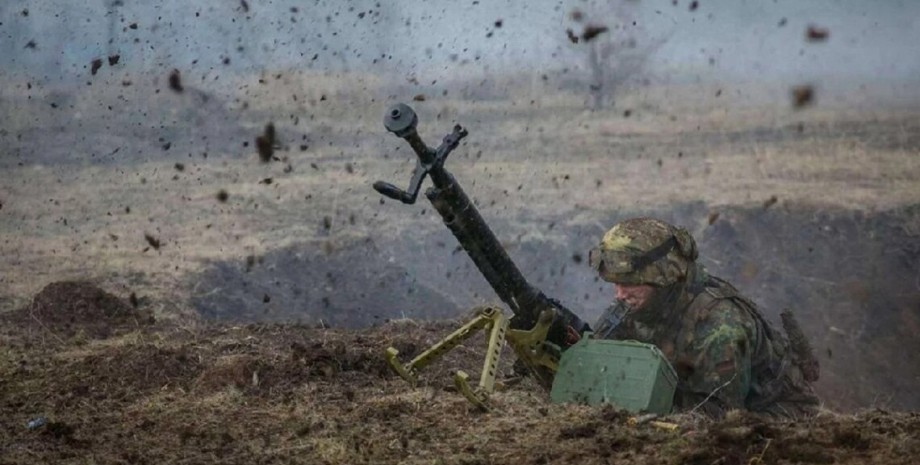

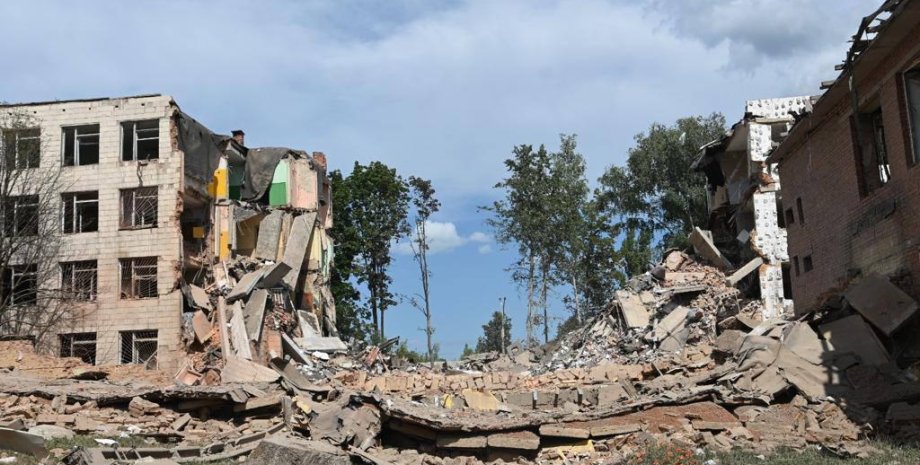
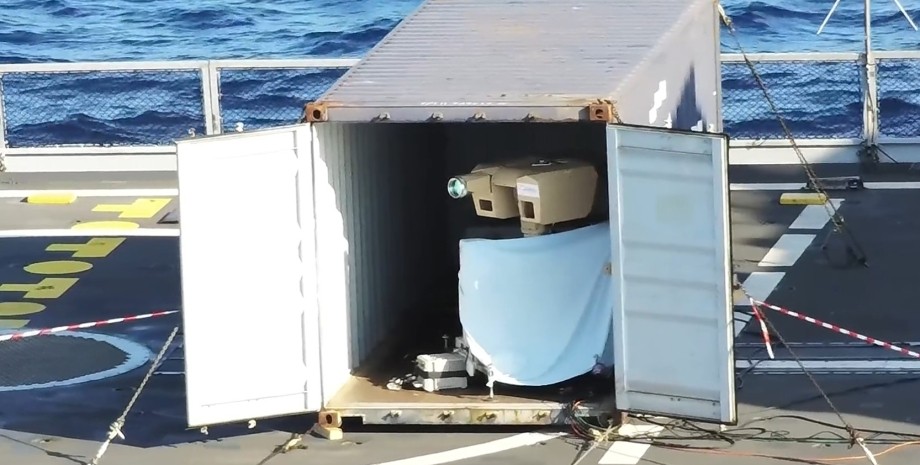
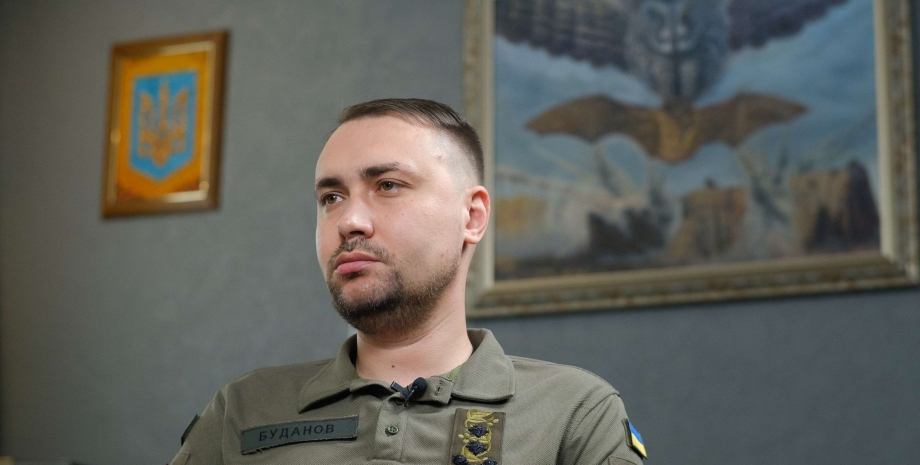
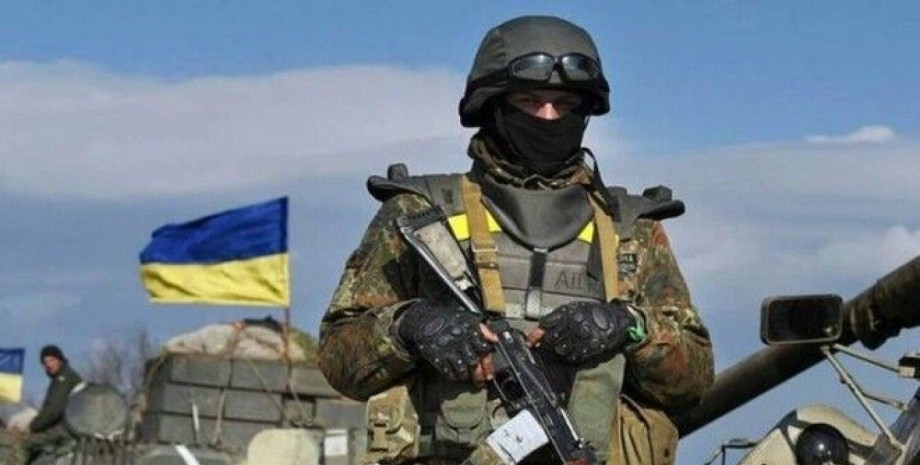
All rights reserved IN-Ukraine.info - 2022